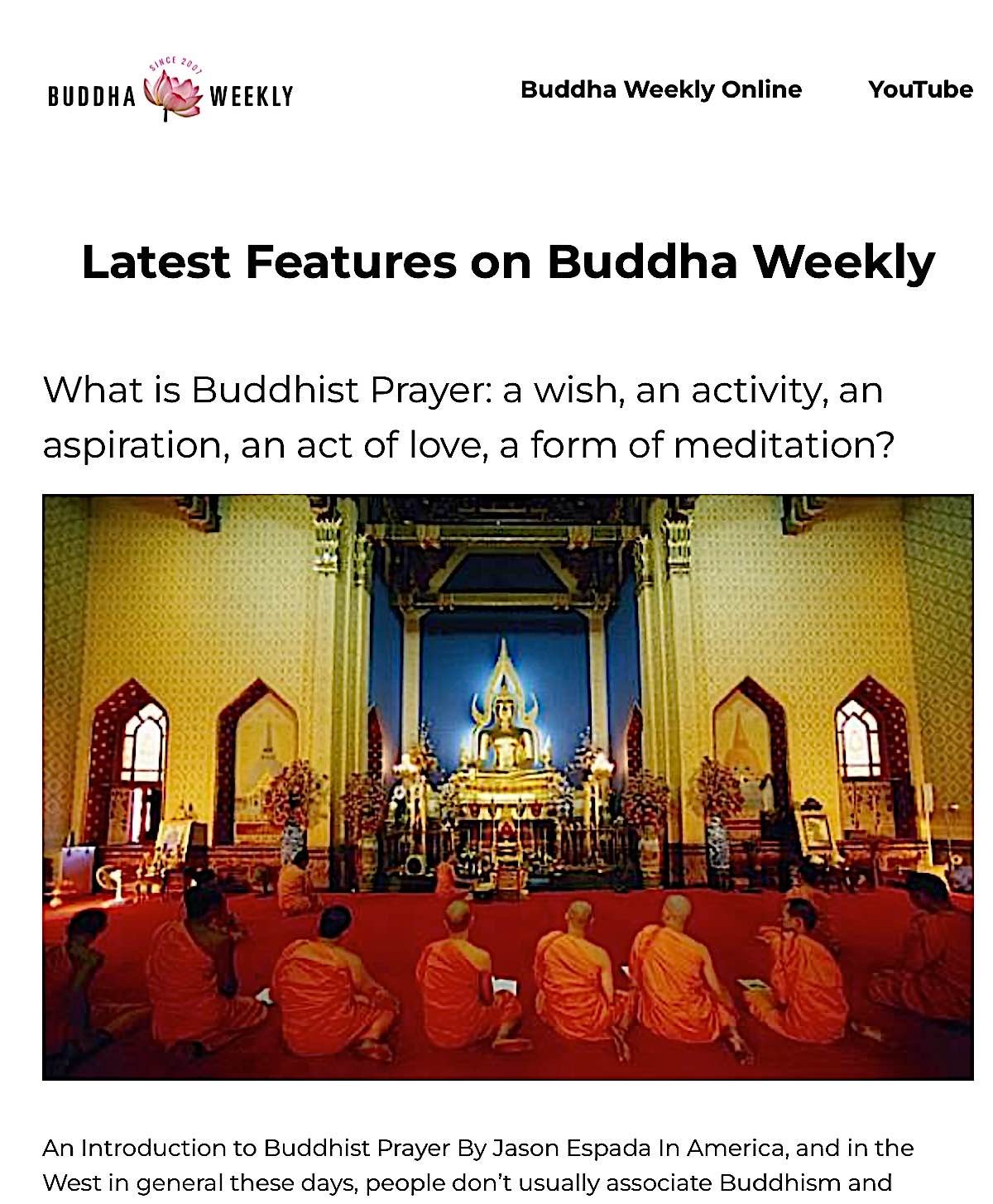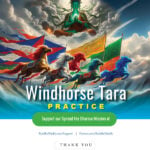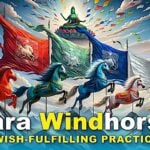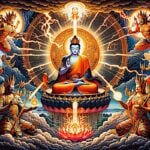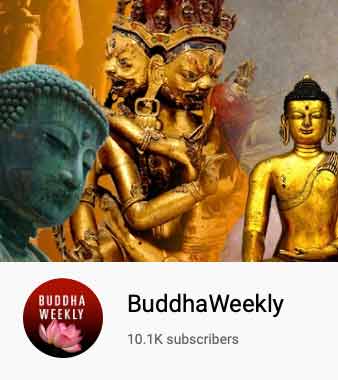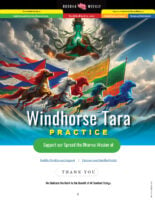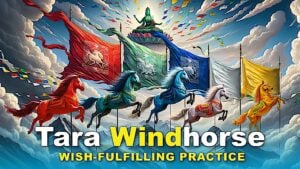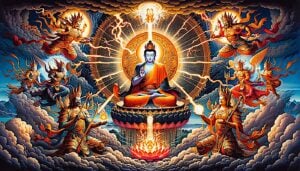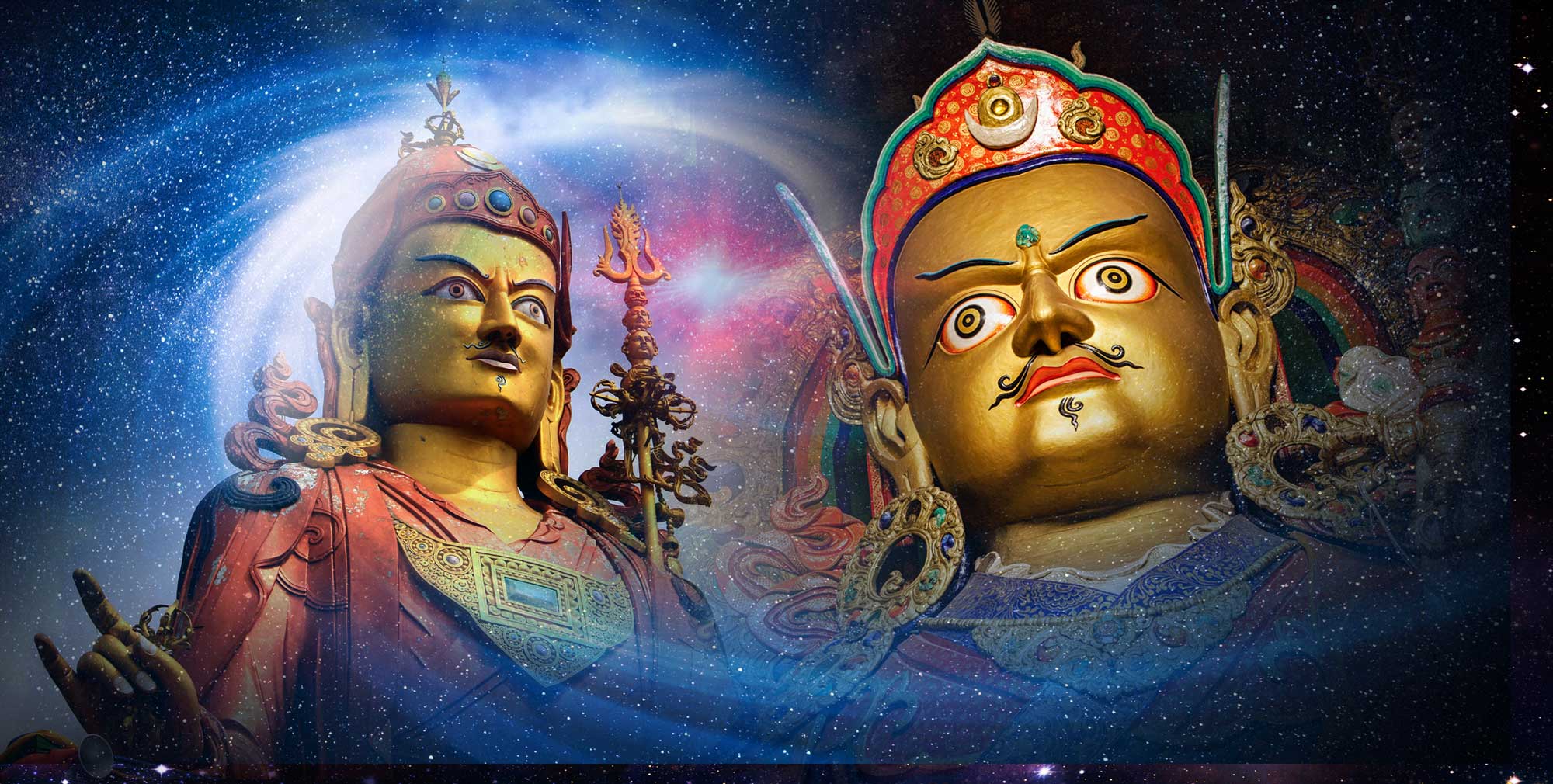Teacher Advice Video 6: What Advice Would You Give to a Student New to Buddhism as Starting Practices? — — Answered by Venerable Zasep Tulku Rinpoche
In the sixth in a new video series, “Advice from the Teachers”, the Venerable Acharya Zasep Tulku Rinpoche, Spiritual Head of Gaden for the West Centers, answers a student’s question:
“What advice would you give to a student new to Buddhism as starting practices?”
Rinpoche suggests core practices such as mindfulness of breathing meditation and study of the Lamrim, the Stages of the Path to Enlightenment.
Full transcript below video.
Transcript:
“Well, for a beginner, that depends on the question. If he or she said, ‘I would like to meditate, how do I meditate?’ I would say we should teach — Lamas or Teachers or senior students or someone who has meditated for a long while — teach that person how to meditate, basic practices like mindfulness of breathing.
First, you go to a quiet environment, in a house or room, sit on the meditation cushion, if possible, cross your legs, if not, sit on a bench or chair, relax your body, relax your mind, and focus the mind on your breath.
Breathing in, out. When you breathe in, imagine your abdomen is rising. When you breathe out your abdomen is falling. Feel your abdomen is rising and falling. Rising and falling when you breathe in and out. So, focus your mind on the breath.

Meditate, I would say, for ten minutes, fifteen minutes, not more than twenty minutes. Then, have a little bit of a break. So, that’s how your start, basic meditation, and mindfulness of breathing.
The breathing meditation is called Anapranasati. Anaprana is “breathing” and Sati is “mindfulness.” Breathing meditation is very practical, because we are breathing in and out, every day throughout our lives, from when we are born until the last moment of our life.
When you do breathing meditation, it relaxes your body. And also, when you do breathing meditation it helps you to be “in the moment.” Here. Now. Because you are with the breath. So, you don’t go to the past, you don’t go to the future, you stay in the here and now. That’s why it’s so beneficial. That’s how you start.
Then, you should ask advice from your teacher, or a Dharma friend. They will give you advice, and then move on to the next meditation, which I won’t talk about now, since this is for the beginners, right?
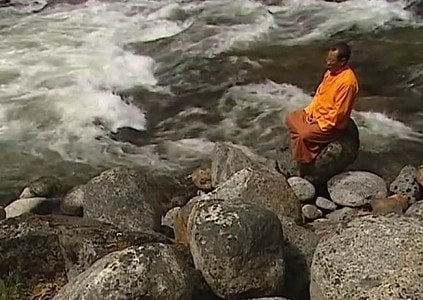
If somebody said I would like to study Dharma, or study Buddhism, what do I study? This is a big question, because in Buddhism we have so many teachings. The Buddha gave so many teachings, where do you start? There are so many books now, available in English, other languages. Also, there are lots of audio, video teachings. And you can find out so many things online. Where do you start?
My answer, for the beginner — one should study Lamrim. Lam means “path”, Rim means “gradual” — gradual path to Enlightenment. There are a number of Lamrim books translated in English.
Lamrim tells you about Dharma. What is Dharma? How to practice Dharma. Why you should practice Dharma. And stage by stage, how you can become Enlightened, and so forth. So, I would say, study Lamrim. This is the advice we should give for the beginner.
In Part 7 of this series, students ask Venerable Zasep Rinpoche the question:
“What advice would you give to a long-term student for keeping motivated and excited about daily practice?”
PREVIOUS BUDDHA WEEKLY ADVICE FROM THE TEACHERS VIDEOS:
Video 1: Advice for Students on Karma>>
Video 2: Advice for Students dealing with loss of a loved one>>
Video 3: Advice for Students coping with memory loss, Alzheimers or early dementia>>
Video 4: Advice for Students coping with the loss of a beloved pet>>
Video 6: Advice for the New Student to Buddhism>>
Video 7: Advice for Keeping Motivated in Your Daily Practice>>
Video 8: Purifying Negative Karma>>
Video 9: Advice for Advanced Vajrayana Students on Managing Commitments>>
About Venerable Zasep Tulku Rinpoche
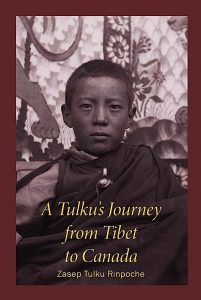
Rinpoche is popularly known for his approachable teaching style, strong humor and teachings based on a long lineage of great lamas. His own gurus included the most celebrated of Gelug teachers: His Holiness Kyabje Trijang Rinpoche, His Holiness Kyabje Ling Rinpoche, Venerable Geshe Thupten Wanggyel, His Holiness Kyabje Zong Rinpoche, Venerable Lati Rinpoche, Venerable Tara Tulku Rinpoche and Venerable Khalkha Jetsun Dampa Rinpoche.
Rinpoche is spiritual director of many temples, meditation centres and retreat centres in Australia, the United States and Canada. He was first invited to teach in Australia by Lama Thubten Yeshe in 1976.
More on Zasep Tulku Rinpoche>>
Gaden for the West Meditation Centres
Australia
- Vajra Ling, Uralla, N.S.W.
- Losang Gyalwa Mandala, Sydney, N.S.W.
- Tenzing Ling Centre, Quamaa, N.S.W.
- Dorje Ling Retreat Centre, Lorina Valley, Tasmania
Canada
- Chittamani Mahayana Buddhist Meditation Centre, Ottawa, Ontario
- Gaden Choling, Toronto, Ontario
- Medicine Buddha Centre, Calgary, Alberta
- Potala Tibetan Buddhist Meditation Centre, Thunder Bay,Ontario
- Tashi Choling, Nelson, B. C.
- Zuru Ling Society, Vancouver, B.C.
United States
- Golden Blue Lotus Tara Meditation Center, Moscow, Idaho
- TsongKhapa Center, Kalamazoo, Michigan
- Vajrayogini Center, Seattle, Washington
More articles by this author
Search
Latest Features
Please support the "Spread the Dharma" mission as one of our heroic Dharma Supporting Members, or with a one-time donation.
Please Help Support the “Spread the Dharma” Mission!
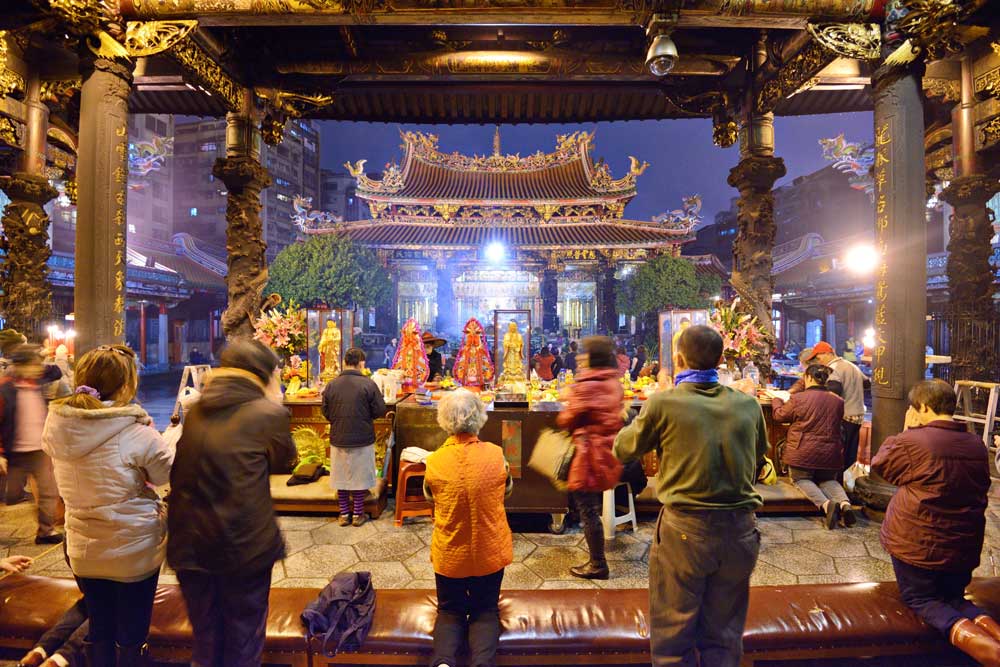
Be a part of the noble mission as a supporting member or a patron, or a volunteer contributor of content.
The power of Dharma to help sentient beings, in part, lies in ensuring access to Buddha’s precious Dharma — the mission of Buddha Weekly. We can’t do it without you!
A non-profit association since 2007, Buddha Weekly published many feature articles, videos, and, podcasts. Please consider supporting the mission to preserve and “Spread the Dharma." Your support as either a patron or a supporting member helps defray the high costs of producing quality Dharma content. Thank you! Learn more here, or become one of our super karma heroes on Patreon.
Venerable Zasep Rinpoche
Author | Buddha Weekly
Rinpoche is spiritual head of many Dharma Centres, and teaches around the world. Originally from Kham province in Tibet (born 1948) Rinpoche has taught in the west since 1976, after he was first invited by Geshe Thubten Loden and Lama Yeshe to teach at the Chenrezig Institute in Australia. Today, he is spiritual head of the Gaden for the West centres in Canada, U.S., and Australia and also spiritual director of the the charities Gaden Relief Project (Canada) and Manlha Tus NGO (Mongolia). He is the author of three books, including his latest release in 2018 with a rare English commentary and practice instructions for Gelug Mahamudra.

